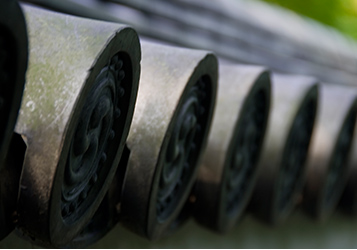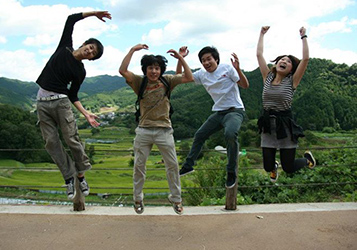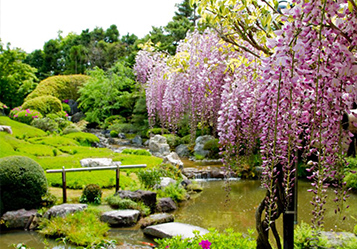Charming Kyoto

Kyoto is one of the most popular tourist destinations in Japan. It has so much to offer you, whoever you are and whatever you like. What have you heard about Kyoto? Kyoto Protocol? Or its long history? Kyoto has so many different aspects that keep attracting people from all around the world. Kyoto was awarded the world’s best city 2014 by Travel + Leisure magazine.
Historical City

As the former capital of Japan from 794 to 1867, Kyoto boasts as many as 17 World Heritage sites such as Kiyomizu Temple, Kinkaku-ji (The Temple of the Gold Pavilion), Ginkaku-ji (The Temple of the Siler Pavilion) and Nijo Castle among others. Finding historical sites can never be as easy anywhere else in Japan, because about 20 percent of Japan’s National Treasures are found in Kyoto alone. Never try to visit all the temples and shrines, however, because it is impossible unless you have at least several years to spend in Kyoto! You can experience its historical side everywhere in Kyoto. Visiting these tourist attractions is naturally interesting, but just a random stroll around the city can also be a fascinating experience.
Besides the historical spots, we are proud to have as many as 50 museums in Kyoto; most notably, Kyoto National Museum, National Museum of Modern Art, Kyoto Municipal Art Museum and Kyoto University Museum. The latest addition to our proud list of museums is Kyoto International Manga Museum founded in 2006. If you are interested in manga, do not miss this museum’s workshops and exhibits!
University Town

Kyoto has over 40 universities and colleges altogether. In fact, nearly 10% of the city population is made up of university students. They come from everywhere in Japan as well as all around the world. As of May 2014, some 8,000 students from abroad are enrolled in universities in Kyoto, and they bring and create new energy to the city. While you are on Kyo-Clue program, you can visit some of these institutions and meet your Japanese counterparts. You may find it useful to visit “open campus” events hosted by individual institutions. Also, you can go and visit their campus festivals, most of which take place sometime in November. Our volunteers at Kyo-Clue should be able to give you information on these events and festivals at various universities as time approaches.
Speaking of our university culture, we are proud of the fact that the very first Nobel laureate in Japan, Dr. Hideki Yukawa, a physicist, was a Kyotoite who spent his entire academic career at Kyoto University. More recently, Dr. Koichi Tanaka, an engineer at Shimadzu Corporation who received the Nobel Prize in Chemistry in 2002, and Professor Shinya Yamanaka of Kyoto University, a stem cell researcher who received a Nobel Prize in Physiology or Medicine in 2012, are both residents of Kyoto.
Creativity and Technology

Kyoto is well-known for producing high-tech companies as represented by Nintendo, Omron, Kyocera, Murata, and Rohm, to name a few. Some of them used to manufacture traditional products such as pottery and porcelain before turning high-tech from the 1960s onward. Thus, these world-leading companies in advanced manufacturing combined with smaller businesses and their unique products and technologies are Kyoto’s attractive features. Thus, Kyoto is now aiming to become one of Japan’s major IT clusters attracting IT-related companies to the area and fostering new venture businesses.
Kyoto in Nature

Kyoto City has an area of 828 km2, representing about 20 percent of the area of Kyoto Prefecture. Incidentally, besides Kyoto City there are 14 other municipalities within Kyoto Prefecture. The Kyoto Basin is surrounded on three sides by mountains known as Higashiyama, Kitayama and Nishiyama, all less than 1,000 meters above sea level. The ground is highest in the north-east, with the level decreasing towards the south-west. To the east of the basin flows the Kamogawa, to the west, the Katsuragawa, and to the south, the Ujigawa. It is approximately 15-kilometer long from north to south and 10-kilometer long from east to west. You can easily access the beauty of nature even though you are in the city center. Spending time along the Kamogawa is a favorite pastime among locals.
![Kyoto Culture Experience Program [ Kyo-Clue.com ]](http://kyo-clue.com/apps/wp-content/themes/kyoclue_design/images/common/header_logo.gif)





